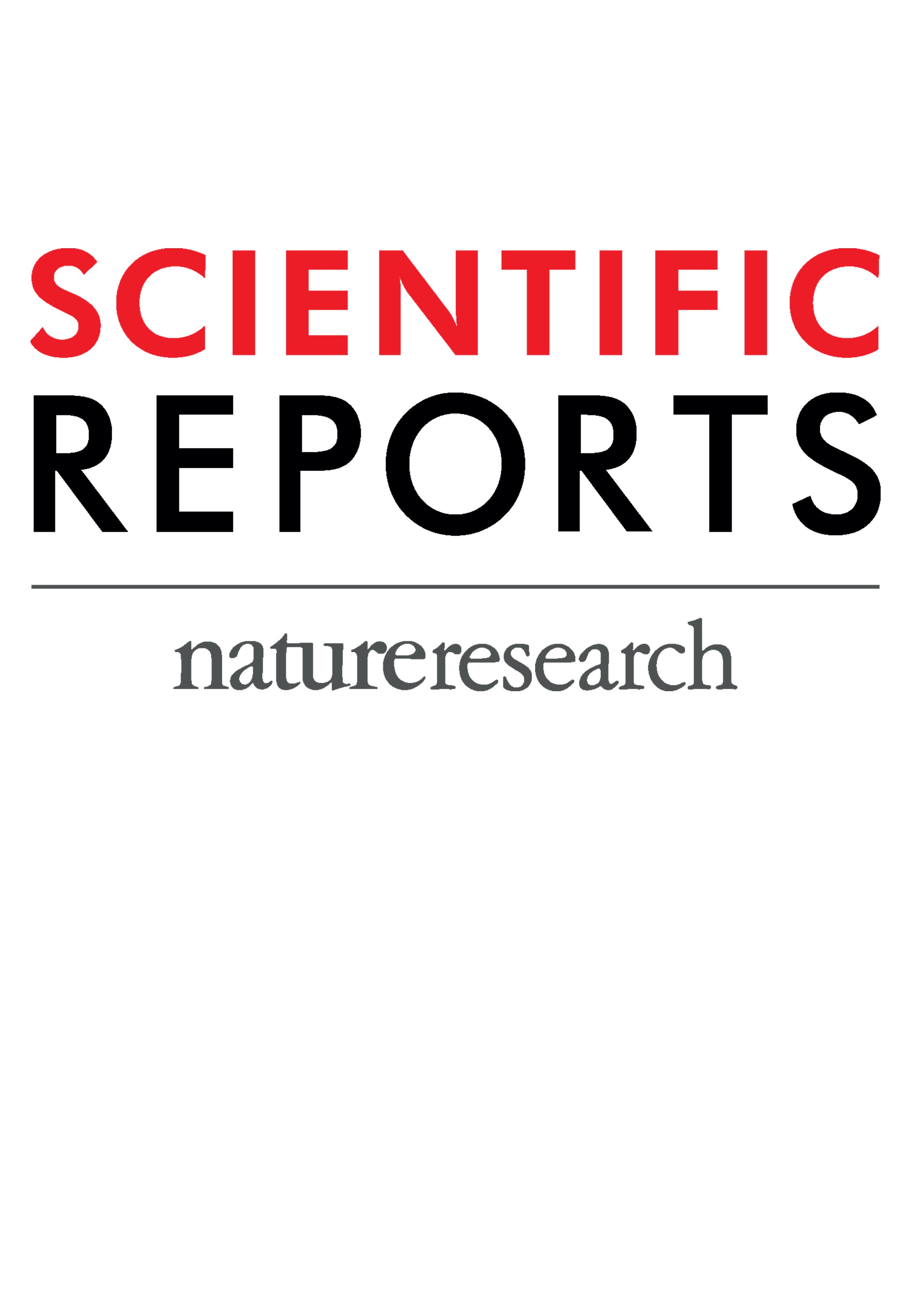Ver ítem
- xmlui.general.dspace_homeCentros e Institutos de InvestigaciónCICVyA. Centro de Investigación en Ciencias Veterinarias y AgronómicasInstituto de BiotecnologíaArtículos científicosxmlui.ArtifactBrowser.ItemViewer.trail
- Inicio
- Centros e Institutos de Investigación
- CICVyA. Centro de Investigación en Ciencias Veterinarias y Agronómicas
- Instituto de Biotecnología
- Artículos científicos
- Ver ítem
Neotropical termite microbiomes as sources of novel plant cell wall degrading enzymes
Resumen
In this study, we used shotgun metagenomic sequencing to characterise the microbial metabolic
potential for lignocellulose transformation in the gut of two colonies of Argentine higher termite
species with different feeding habits, Cortaritermes fulviceps and Nasutitermes aquilinus. Our goal
was to assess the microbial community compositions and metabolic capacity, and to identify genes
involved in lignocellulose degradation. Individuals from both
[ver mas...]
In this study, we used shotgun metagenomic sequencing to characterise the microbial metabolic
potential for lignocellulose transformation in the gut of two colonies of Argentine higher termite
species with different feeding habits, Cortaritermes fulviceps and Nasutitermes aquilinus. Our goal
was to assess the microbial community compositions and metabolic capacity, and to identify genes
involved in lignocellulose degradation. Individuals from both termite species contained the same five
dominant bacterial phyla (Spirochaetes, Firmicutes, Proteobacteria, Fibrobacteres and Bacteroidetes)
although with different relative abundances. However, detected functional capacity varied, with C.
fulviceps (a grass-wood-feeder) gut microbiome samples containing more genes related to amino acid
metabolism, whereas N. aquilinus (a wood-feeder) gut microbiome samples were enriched in genes
involved in carbohydrate metabolism and cellulose degradation. The C. fulviceps gut microbiome
was enriched specifically in genes coding for debranching- and oligosaccharide-degrading enzymes.
These findings suggest an association between the primary food source and the predicted categories
of the enzymes present in the gut microbiomes of each species. To further investigate the termite
microbiomes as sources of biotechnologically relevant glycosyl hydrolases, a putative GH10 endo-β-1,4-
xylanase, Xyl10E, was cloned and expressed in Escherichia coli. Functional analysis of the recombinant
metagenome-derived enzyme showed high specificity towards beechwood xylan (288.1 IU/mg), with
the optimum activity at 50 °C and a pH-activity range from 5 to 10. These characteristics suggest
that Xy110E may be a promising candidate for further development in lignocellulose deconstruction
applications.
[Cerrar]

Autor
Romero Victorica, Matias;
Soria, Marcelo Abel;
Batista-García, Ramón Alberto;
Ceja-Navarro, Javier A.;
Vikram, Surendra;
Ortiz, Maximiliano;
Ontañon, Ornella;
Ghio, Silvina;
Martínez-Ávila, Liliana;
Quintero García, Omar Jasiel;
Etcheverry, Clara;
Campos, Eleonora;
Cowan, Donald;
Arneodo Larochette, Joel Demian;
Talia, Paola Mónica;
Fuente
Scientific Reports 10 : 3864 (2020)
Fecha
2020-03-02
Editorial
Springer Nature
ISSN
2045-2322
Formato
pdf
Tipo de documento
artículo
Palabras Claves
Derechos de acceso
Abierto
 Excepto donde se diga explicitamente, este item se publica bajo la siguiente descripción: Creative Commons Attribution-NonCommercial-ShareAlike 2.5 Unported (CC BY-NC-SA 2.5)
Excepto donde se diga explicitamente, este item se publica bajo la siguiente descripción: Creative Commons Attribution-NonCommercial-ShareAlike 2.5 Unported (CC BY-NC-SA 2.5)


